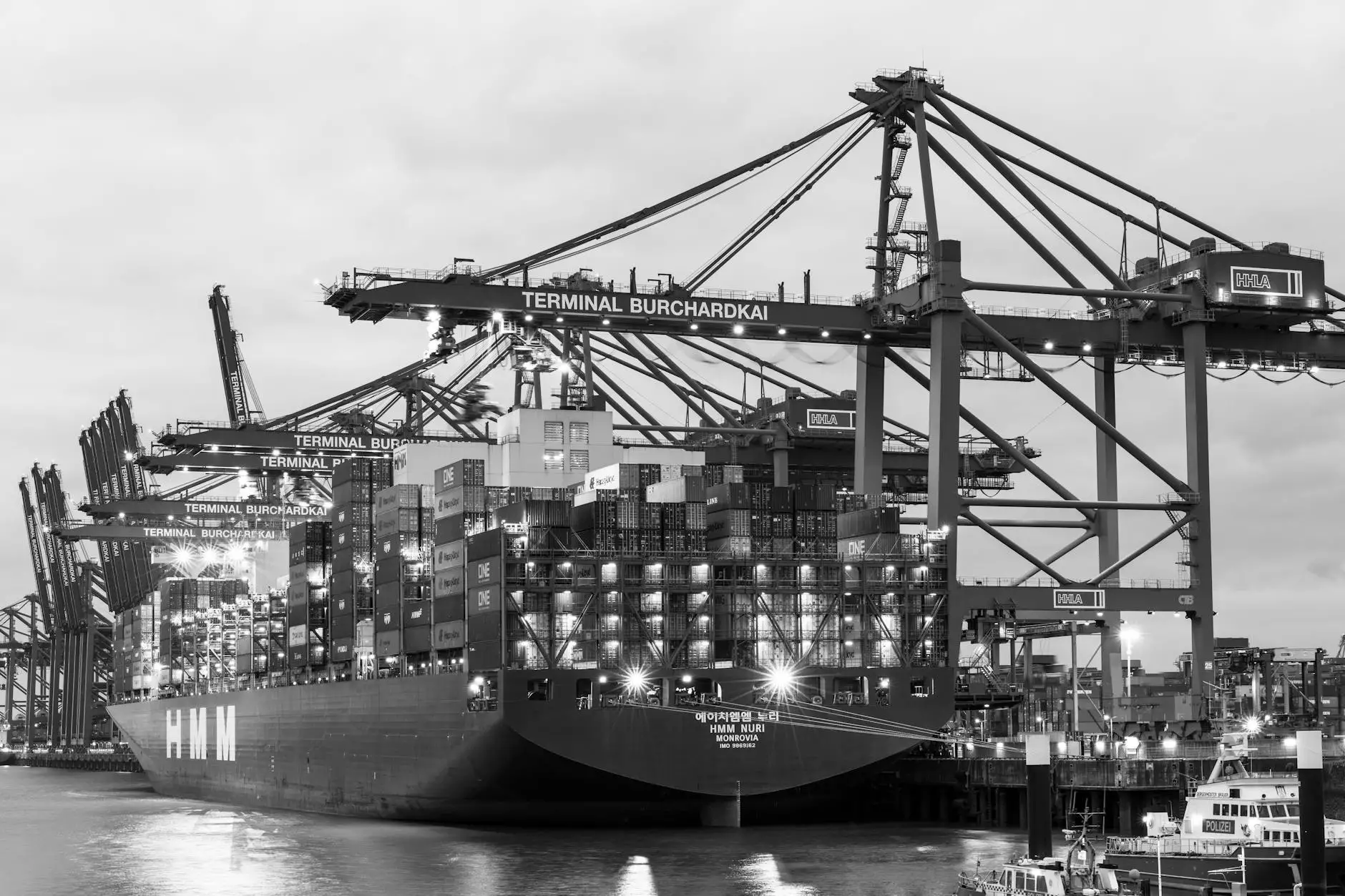Understanding FTL Freight Rates and Business Opportunities

The world of logistics and shipping can be daunting, but understanding FTL freight rates opens the door to significant efficiencies and cost savings for businesses. This comprehensive guide will explore the ins and outs of FTL freight rates, helping you navigate the complexities of shipping and improving your overall business strategy. As we delve into this topic, we will touch upon vital aspects such as shipping centers, business consulting, and vehicle shipping, providing a holistic view of the shipping landscape.
What Are FTL Freight Rates?
FTL, or Full Truckload shipping, refers to a method of transport where an entire truck is dedicated to a single shipment. This type of service is usually preferred for shipments that are large enough to fill a truck or that require direct transport to their destination without intermediate stops. Understanding FTL freight rates is crucial for businesses that regularly ship goods, as it helps them budget effectively and plan their logistics efficiently.
The Advantages of FTL Shipping
Many companies opt for FTL shipping due to its numerous benefits, which include:
- Cost Efficiency: When shipping large quantities, FTL rates can be more economical than using multiple LTL (Less Than Truckload) shipments.
- Reduced Transit Times: With dedicated trucks, shipments often reach their destination faster, as they do not need to make multiple stops.
- Lower Risk of Damage: Shipping a full truckload means fewer handling times and risks, reducing the chances of damage during transportation.
- Improved Tracking: FTL shipments are generally easier to track since they follow a direct route, allowing for better logistics management.
How Are FTL Freight Rates Determined?
Understanding how FTL freight rates are calculated can help businesses make informed decisions regarding their shipping needs. Several factors influence these rates:
- Distance: The longer the distance between the pickup and delivery locations, the higher the rate is likely to be.
- Weight and Volume: Heavier and larger loads generally incur higher charges. Carriers take into account both weight and cubic measurements.
- Fuel Costs: Fluctuations in fuel prices can significantly affect FTL rates, with fuel surcharges added to the base rate.
- Seasonality: Demand can vary based on the season. During peak shipping times (like holidays), rates may increase.
- Length of Haul: Rates may vary based on whether the shipment is considered a short-haul or long-haul delivery.
- Pick-up and Delivery Locations: Rates can also vary based on whether the pickup or drop-off occurs in urban or rural areas.
FTL Freight Rates vs. LTL Freight Rates
It is vital to understand the difference between FTL freight rates and LTL freight rates when planning logistics. Here’s a breakdown:
CriteriaFTL (Full Truckload)LTL (Less Than Truckload)Load SizeTypically fills the truckOnly partially fills the truckCostMore cost-effective for large shipmentsMore cost-effective for smaller shipmentsTransit TimeFaster deliveryLonger delivery times due to multiple stopsRisk of DamageLower, as fewer handling pointsHigher, due to more handlingHow to Effectively Manage FTL Freight Rates
To maximize your shipping efficiency and manage costs, consider the following strategies:
- Consolidate Shipments: Whenever possible, combine shipments to fully utilize truck capacities and reduce costs.
- Negotiate Rates: Building relationships with freight carriers can lead to better rates and terms.
- Consider Drop-off Locations: Flexible drop-off locations can often reduce costs.
- Utilize Technology: Leverage freight management systems for real-time tracking and optimizing routes.
Choosing the Right Shipping Center
As part of your logistics strategy, partnering with an effective shipping center is essential. The right shipping center can:
- Enhance Your Shipping Capabilities: Choose a center that specializes in FTL shipping to streamline your processes.
- Provide Access to State-of-the-Art Technology: Look for shipping centers that offer advanced tracking and management systems.
- Offer Expert Consulting: Getting insights from seasoned professionals can give you a competitive edge.
What to Look for in a Shipping Center
When selecting a shipping center, consider the following criteria:
- Reputation: Research testimonials and ratings to gauge reliability.
- Accessibility: Proximity to major highways and transport routes can lead to faster deliveries.
- Equipment and Fleet: Ensure the center has modern equipment suited for your shipping needs.
Business Consulting for Shipping Optimization
Effective business consulting can profoundly impact your shipping strategy and overall operations. Consulting services can assist with:
- Identifying Cost-Saving Opportunities: Consultants can analyze your shipping history to pinpoint areas for savings.
- Developing a Comprehensive Logistics Strategy: They can help tailor a plan specific to your business needs, focusing on efficiency and reliability.
- Implementing Best Practices: Consulting services can introduce industry best practices that enhance your workflow.
Vehicle Shipping: A Key Component of FTL Freight
For businesses involved in automotive industries, vehicle shipping is a crucial component of logistics. Understanding FTL freight rates in this context is essential for:
- Reducing Shipping Times: Vehicles often require faster shipping methods due to demand and market fluctuations.
- Ensuring Safe Transport: Dedicated truckloads reduce the risk of damage, which is especially critical for high-value vehicles.
- Streamlining Inventory Management: Reliable shipping helps manage stock levels, ensuring timely availability of vehicles for sale.
The Future of FTL Freight Rates
As the logistics industry evolves, FTL freight rates are expected to change significantly. Emerging trends include:
- Technology Integration: Automation and AI are gradually transforming how freight is managed, from pricing to tracking.
- Sustainability Efforts: Eco-friendly practices are becoming integral, influencing rates and operations.
- Market Fluctuations: As global trade expands and consumer demands shift, companies must stay agile to adapt to changing rates.
Conclusion
In summary, understanding FTL freight rates is fundamental for any business looking to optimize its shipping strategy. By using the knowledge gained from this article, you can make informed decisions on managing logistics, improving cost-effectiveness, and enhancing operational efficiency. As you continue to explore shipping centers, business consulting, and vehicle shipping options, remember that aligning these aspects with your overall business strategy will yield significant benefits. Armed with this information, you are now better equipped to navigate the complex world of freight shipping.



